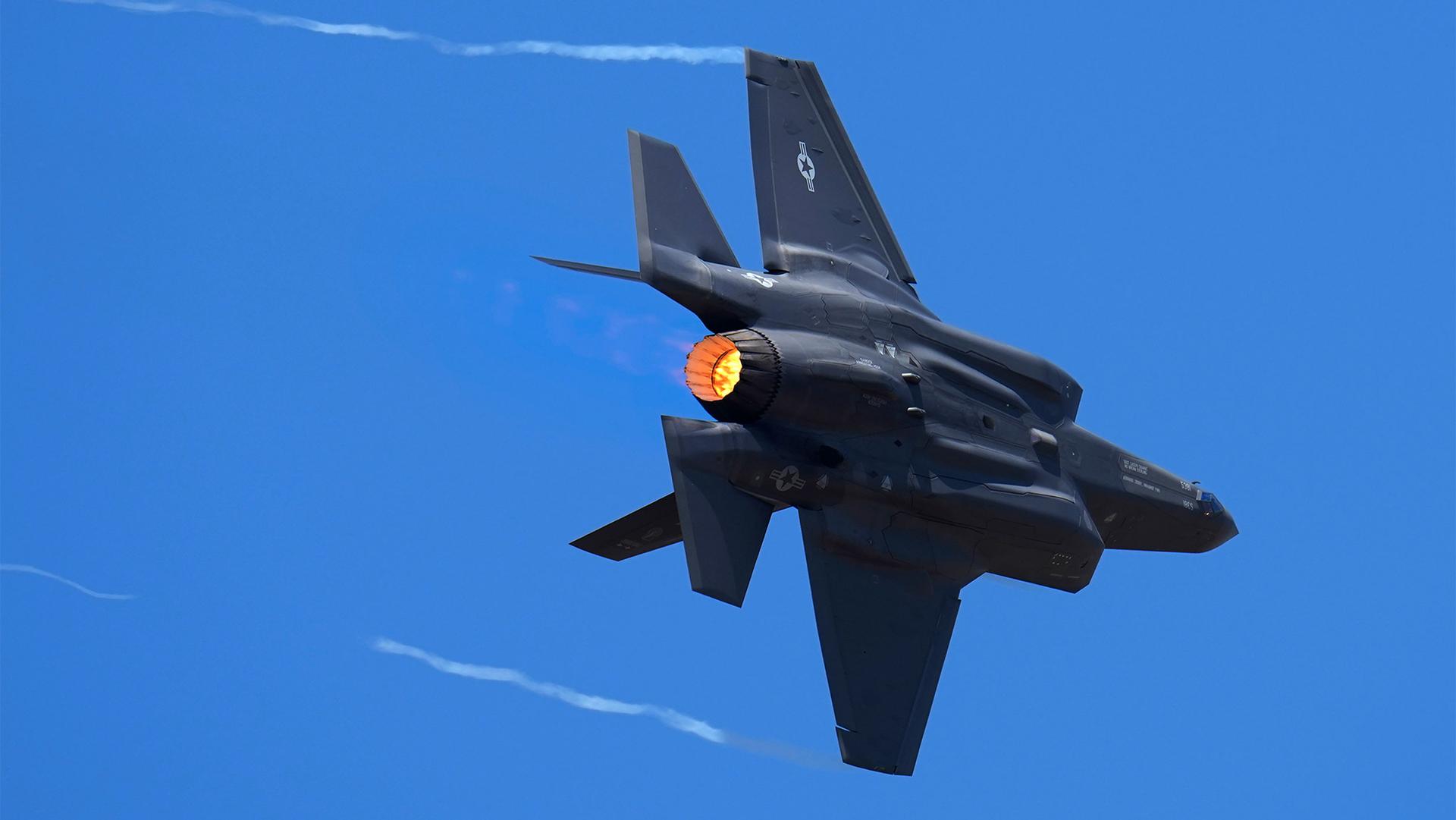Weapons manufacturers have historically been awash in money. And new data shows that military spending reached record highs last year across the globe, according to researchers from the Stockholm International Peace Research Institute.
The independent, Sweden-based watchdog said spending grew for an eighth consecutive year in 2022 to an all-time high of $2,240 billion. Europe saw a sharp increase of 13%, chiefly due to the war in Ukraine.
Nan Tian is a senior researcher at the institute in Stockholm, and he discussed the details of the data with The World’s host Marco Werman.
Marco Werman: For decades now, the US has spent the most on military spending. Who’s next? And is that still the case with the US?
Nan Tian: Yes. So, the US has been the No. 1 spender ever since we started to record military spending data. And in second place, China has really taken off. It increased its spending over the last 30 years, really catching up to the US from about 1 in 30, the ratio, to now only 1 in 2.5.
And where did you see the biggest percentage increases in spending?
Some of the biggest percentage increases in spending, of course, are directly related to Russia’s invasion of Ukraine. Ukraine spending actually increased by 640% in 2022 — the largest increase ever recorded within our database. And it just is a sheer reflection of the huge financial costs that Ukraine has suffered since Russia’s invasion.
So, 640% for Ukraine spending on defense. Is that typical for a country at war?
Sometimes, you see these unique cases. The next highest increase was Ethiopia, with its war in the Tigray region. Its spending increased by 88%.
Were these spending increases from countries not actively involved in a conflict?
Looking at the broader Central and Western Europe, what we really saw was that countries that were relatively close geographically to Ukraine increased their spending by quite a bit. We saw Finland increase by 36%, Lithuania 27%, Poland 11%, Sweden 12%. And again, this really reflects the threat perception, that these countries are seeing now a genuine threat perception of Russia.
I mean, threat perception clearly is a huge driver. But what else is driving all this spending?
A lot of the largest spenders in the world — I mentioned US, China, India — they are going through large and very expensive military modernization programs. In the case of the US, it wants to maintain its military superiority as the biggest military and the military with the largest geographical reach.
The idea of mutually assured destruction is one doctrine of military strategy. Basically, more nuclear weapons keep us safer because no country would be so crazy to use them, because it would result in their own destruction. But what about with lower-grade weapons? Do we know of a world increasingly armed to the teeth is really any safer? Or do more weapons simply lead to more war, death and destruction?
It increases the likelihood that there could be a miscommunication, a miscalculation in military capabilities and actions, and that could lead to the use of some of these weapons.
Is there anything to suggest that the more spending there is on defense, the more likely conflicts are going to happen?
Right now, countries are looking through military spending as a way for security, security through deterrence. But of course, if we look at South Asia or East Asia, right now, there’s a brewing tension going on between China, Japan, Taiwan and, of course, the US. And currently, what we are seeing is a decrease in communication and negotiations between these four countries and an increase in armaments. And so, indeed that the trend is going toward more weapons, less dialogue.
Yeah, so, spending is so intense that weapons manufacturers can barely keep up. Do you have any insight into whether this trend is sustainable?
So, we expect that global military spending will continue to increase in the coming years, because the war in Ukraine is nowhere nearing an end. Secondly, the geopolitical rivalries between China, India, Japan, the US will continue. Companies, essentially, are getting more and more orders from countries to buy these weapons. And of course, these companies are building these weapons. The companies have already mentioned that they’ve been struggling to fulfill the demand. But I think this backlog will continue for year to come as there’s just, essentially, too much demand right now, unfortunately.
This interview has been lightly edited and condensed for clarity.
Related: The US military faces challenges on the homefront as recruitment shortages continue
Sign up for our daily newsletter
